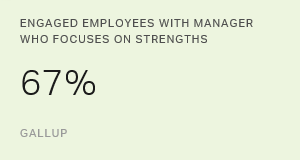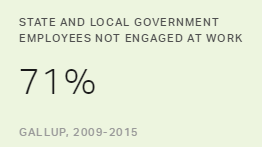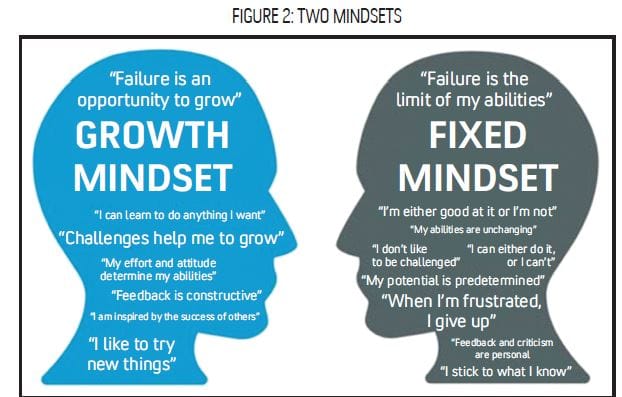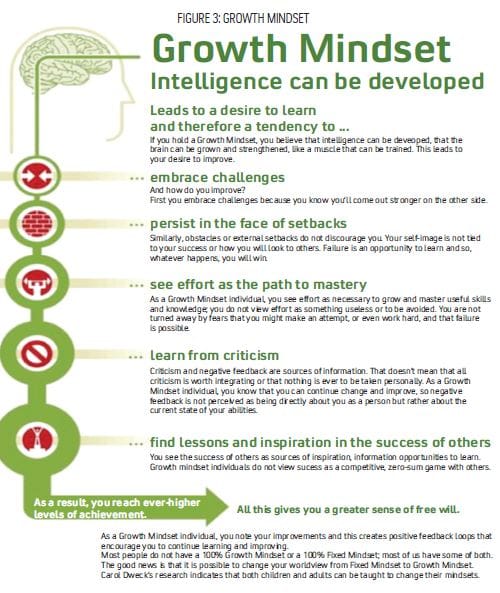Innovation and R&D
Managing and Developing People
In my last article on Theory of Constraints, I used this steel chain picture and asked a few rhetorical questions.

What determines the strength of the steel chain depicted in Figure 1?

Strength of the strongest chain is determined by its weakest link.

It does not matter if the chain is made of steel or humans, Theory of Constraints(TOC) applies.
So here is a key question:
How do we strengthen a human link?
An old answer, I see it applied in many Indian businesses is “Add more people.”
I recently discussed sales and marketing issues with a software company based in India. They just finished developing their first software product and are launching it in the global market place. At the end of the first year, they have over twenty people on staff! I mentioned that we bootstrapped and developed our first software product with just TWO people, my programmer and me, and generated nearly $250K in sales in 3rd year.
Real key to productivity is managing and developing your people.
We don’t seem to be asking enough questions on how do we manage and develop our people?
So I will be focusing this article and next few on managing and developing people.
If you would like to make a running start, read these five books.
1. First, Break All The Rules, Marcus Buckingham and Curt Coffman, Gallup Organization [ref 1]
2.Discover Your Strengths, Marcus Buckingham [ref 2]
3. Mindset: The New Psychology of Success, Carol Dweck – recommended by Bill Gates! [ref 3]
4. The Happiness Advantage: The Seven Principles of Positive Psychology That Fuel Success and Performance at Work, Kindle Edition, Shawn Achor [ref 4]
5. Rethinking Positive Thinking: Inside the New Science of Motivation, Kindle Edition, Gabriele Oettingen [ref 5]
Here is a short summary for each:
In First, Break All The Rules, [ref. 1] Marcus Buckingham and Gallup Organization share their massive research involving thousands of managers that “best” managers and his people produce nearly 300% higher than the average! And the trick these best-in-class managers use is to break-the-organization- rules to help their people.
In Discover Your Strengths,[ref. 2] Marcus Buckingham and his research staff share additional Gallup poll research on over a million people and find that most people’s brains get wired between the age of six and sixteen; some wiring looks like highways, some like side-streets. So people can perform some tasks at mind boggling speed and some painfully slowly. Very interestingly everyone’s brains are wired differently with some highways and some byways. So the trick is to help each individual figure out what tasks/jobs/traits they are eminently suited for (discover their strengths,) that they can perform effortlessly and at high speed. Gallup Poll has identified there are 34 or so unique traits. So probability says only about 3% of people have same unique trait as their top strength, and less than 0.1% share the same top two strengths. People are really unique. So if we can create composite teams by leveraging people’s strengths we can have massive improvement in productivity. Gallup offers a $15 test survey to help individual discover their strengths. [ref 2]
In a Gallup Opinion, of July 7th 2016, Gallup Poll shares the following data.


If we can engage employees, the opportunity and economic gain potential is is immense.
In Mindset: The New Psychology of Success, a book [ref. 3] recommended by Bill Gates, Carol Dweck, a noted psychology professor shares her lifetime of research and identifies that there are two types of mindsets, a Fixed Mindset and a Growth Mindset. People with Fixed Mindset tend to show somewhat rigid behavior whereas people with Growth Mind set are willing to experiment, take risks and learn continually. So over time Growth Mindset people produce far better results. Very interestingly, Carol Dweck shows that people can learn and change from fixed mindset to growth mindset. Parents and Managers have an obligation to make sure they coach, nudge and encourage their people to develop the growth mindset. It is critically important in this new millennium.
Here are two figures to help you think through the two mindset concepts. [ref. 7-8]
Figure 2: Two Mindsets


In The Happiness Advantage: Shawn Achor, [ref. 5] another psychologist, shares massive research and conveys that our traditional thought process – “We should work hard, so that we are successful so that we get happiness” does not work and is indeed backwards! Shawn Achor says, happiness comes first; when we are happy, our brain produces more serotonin and dopamine hormones, which results in higher creativity and higher productivity and that results in higher success rate. Shawn Achor, shows through seven principles, how to develop more happiness. His research across many countries and many professions demonstrates and proves happiness is a learnable skill!
In Rethinking Positive Thinking: Inside the New Science of Motivation, Kindle Edition, Gabriele Oettingen [ref 6] another psychologist shares her lifetime research on the New Science of Motivation through WOOP method.
1. Wish – make a wish.
2.Outcome – convert your wish to a well-defined end result
3. Obstacles – identify obstacles that will prevent you from getting the wish
4. Plan – develop a plan to achieve your wish/goal.
Her research shows all four steps are critical to success.
In next few articles I hope to tackle each book/reference in detail and provide you with a cogent summary that you can readily deploy.
So how would you use these techniques to manage and develop your people in R&D?
Ask:
What could you do if you double or triple the productivity of your people?
How will you help your people become more engaged in their work and company’s growth?
What will happen to your R&D output? Growth Rates? Profitability? Happiness?
So crank up your Product Development engines… Let us speedup new product development and growth rates. And let the fun begin!
References:
1. First, Break All The Rules, Marcus Buckingham and Curt Coffman, Gallup Organization. See alsohttp://www.gallup.com/press/176069/first-break-rules-world-greatest-managers-differently.aspx
2.Discover Your Strengths, Marcus Buckingham. See also https://www.gallupstrengthscenter.com/
3. Mindset: The New Psychology of Success, Carol Dweck – recommended by Bill Gates!
4.https://m.youtube.com/watch?v=MYO4uuZOmIw An Animation on Two Mindsets
5. The Happiness Advantage: The Seven Principles of Positive Psychology That Fuel Success and Performance at Work, Kindle Edition, Shawn Achor
6. Rethinking Positive Thinking: Inside the New Science of Motivation, Kindle Edition, Gabriele Oettingen
7. Reid Wilson, http://www.coetail.com/wayfaringpath/files/2014/12/Growth-v-Fixed-Final.pdf
8. Nigel Holmes, https://chrishildrew.wordpress.com/2014/08/10/growth-mindset-launch/
Mukul is bilingual. He speaks Chemical Engineering and Applied Statistics.
As a Senior R&D Manager, Statistics and Computer-Aided Research at BF Goodrich Chemical, he championed the use of Design of Experiments (DOE) for predictive modeling, performance optimization, scale-up, and quality control.
Currently, he is the Founder and President of FastR&D, LLC, based in Cleveland, Ohio.
Over his career, he has trained nearly 1,000 R&D scientists, engineers, and senior executives. He has led 750 DOE studies across industries including chemicals, food, polymers, plastics, pharmaceuticals, and medical devices. His projects range from scaling up a one-inch fluid bed reactor to an 18-foot production reactor, to optimizing the design of a tiny angioplasty device for renal artery denervation and blood pressure control.
Mukul has advised numerous Fortune 1000 chemical firms on innovation, rapid new product development, and managing NPD as a structured business process.
Copyright © 2025 FastR&D LLC

